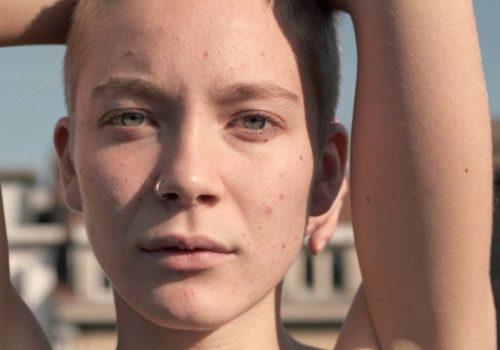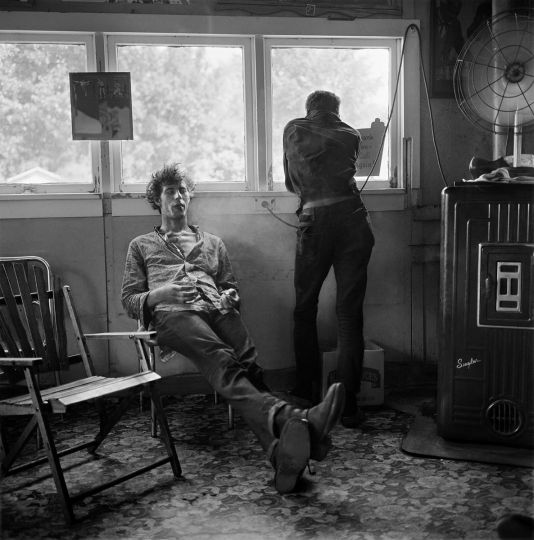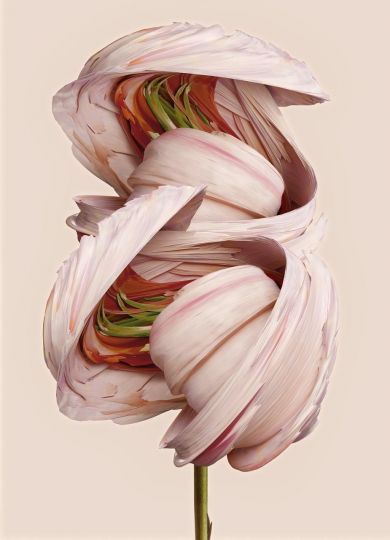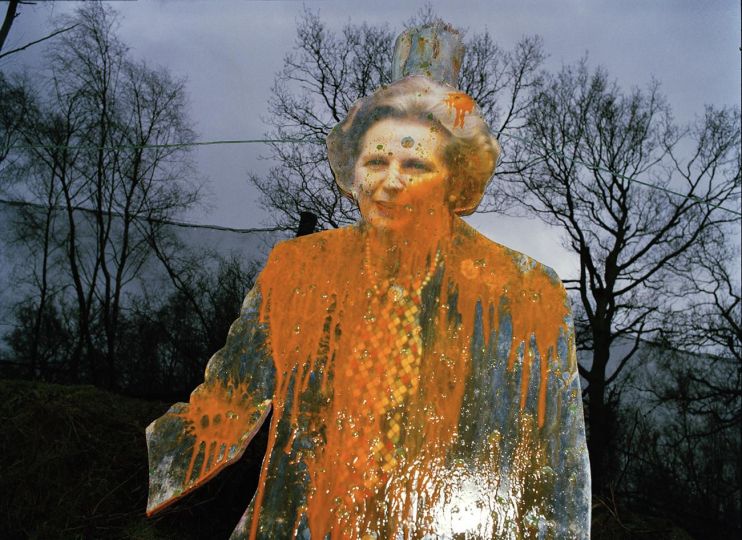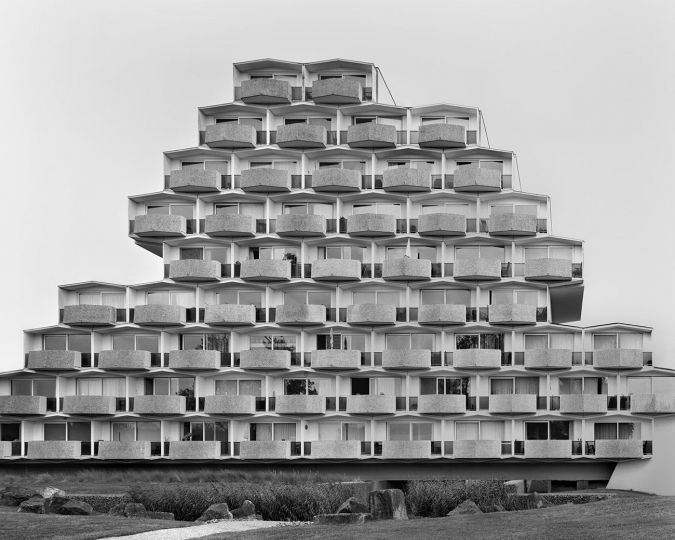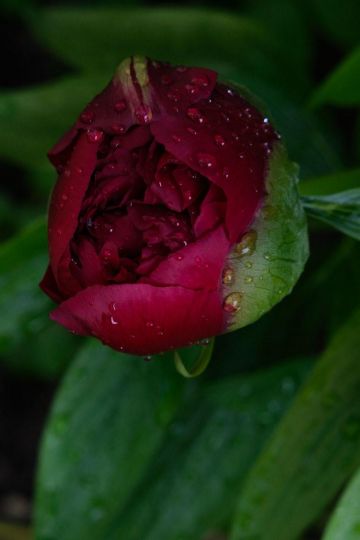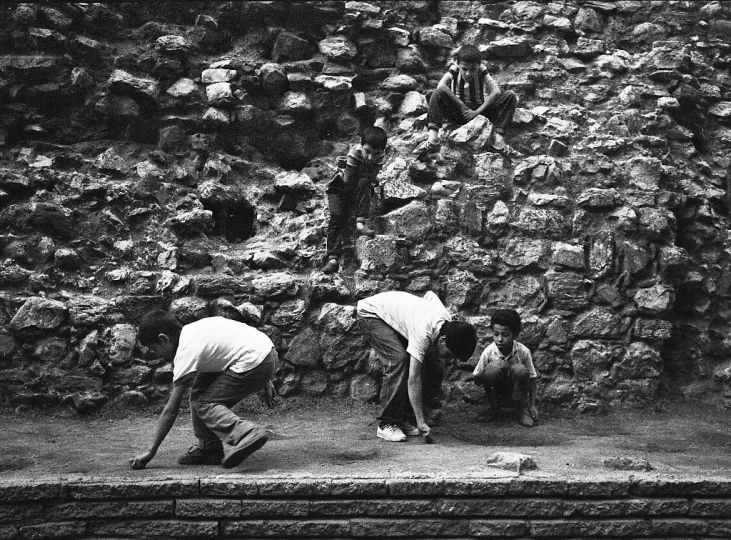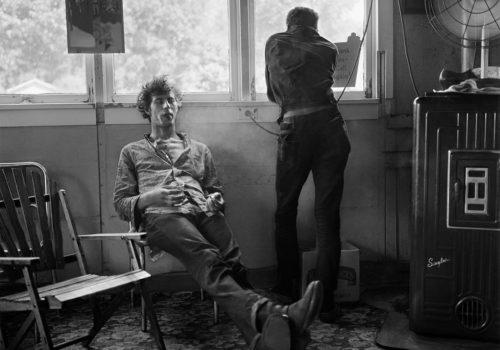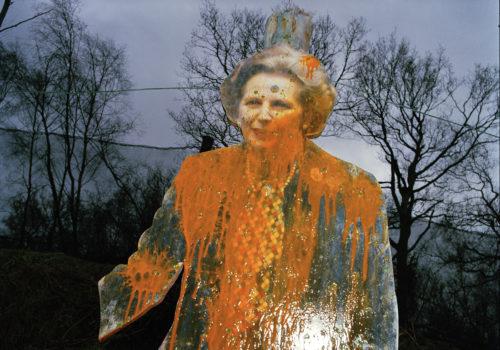“Playing the anthropologist” is proving a little out of date these days. The holistic sciences no longer interest many people, except under the guise of a severe re-reading. This discipline of the physical, social, political, religious and cultural characteristics of a given society seems perhaps too broad for what has become a sociological gaze, made precise and overfocused.
Parochial warfare? Hollow bait? A curious intention? Photographer Cléo-Nikita Thomasson claims to be the observer within, whose gaze takes in everything. Her series Le complexe du homard (The Lobster Complex) captures the atmosphere of the lives of teenagers followed during several years. Playing the role of anthropologist here is not to ape a profession or a method, but to be dazed and amazed by beings whose moments are each time altered.
In these works, there are eight years of an approach based on the exploration of intimacy. In adolescence, thoughts and bodies take shape, eroticism and shame take root. This foundational moment has become topical – in cinema as in photography – while at the same time being better documented. It remains fascinating for its fragility and its affirmation.
“I photograph the atmosphere between us”, the photographer writes simply. “They are the ones who welcome me into their homes today, so I make myself small, take off my shoes and enter their everyday lives, just as they entered my bedroom eight years ago – my intimacy.
The bodies of Nine, Magda, Alex and Suzanne are veiled under her gaze, sometimes with the awkward restraint of stammering bodies. Others sometimes discover themselves to be a little facetious in their abandonment to the pleasure of being naked. Many speak impenetrable thoughts, the birth of an interiority.
It is curious to find in photography this ability to capture the self. The image is exhausted in an instant, and it takes sentences, adventures, novels, twenty-four cadences a second to convey the otherness of a being. Yet the image alone crystallises a fragile sum of alterations, perhaps made up of projections and imaginations, when it freezes a being. More than an art of the immediate, photography pursues a fleeting thought. This pride in the eye, this broken shoulder, this coloured lock out of the world, this abandonment
Perhaps I naively believe that seeing these images exhausts all the arrogance of us adults. That the certainties crumble, that the memory of those years on the other side of the tracks shimmers again, more luminescent. These are empathetic images, rediscoveries. A notebook of what we smoked, and what still runs through us. “At the moment, I need someone, or something, but I don’t know who or what, so I end up not knowing what to feel. So I don’t know any more.
“The summer of my twenties was the most beautiful of summers. Like the title of an overly modest novel,” writes one of those photographed. The lobster complex is not just photographic. It comes in photographs and notebooks. The intimacies reveal fleeting thoughts and long-term questions. “The photographs speak and the texts show,” writes Eric Prémel in a simple and accurate inversion. This interweaving underlines the delicacy, if not the modesty, of the photographer in dealing with these different lives.
And the imagination begins to dream of their adventures. It frantically searches the faces for that summer memory. Is it that discreet, lascivious smile in the falling light? Imagining other summers, made of one own, made of others, the sum of those slowly pushed into boredom and those finally tumultuous of first love. Spelling out these fictions in a few words and a single image.
Cléo-Nikita Thomasson’s vision arouses frustration and imagination. It doesn’t matter whether it’s documentary, portraiture or anthropological. Above and beyond any superfluous label, the series is a mirror for ourselves, with the impression that we are capturing fragments of who we are in these intimate images. In Le Bois du chapitre, Pierre Bergounioux speaks of “reconciling, if we can, if there is still time, what there is and what we are”. This is the atmosphere captured in Cléo-Nikita Thomasson’s photographs.

